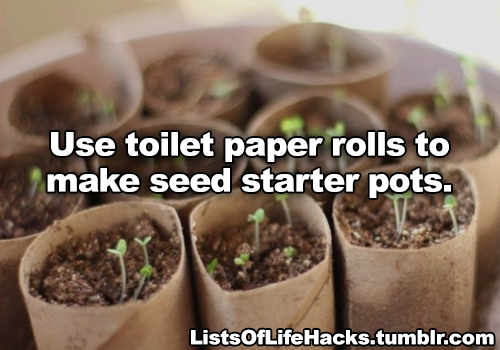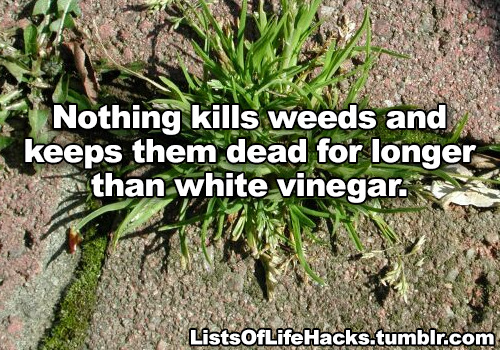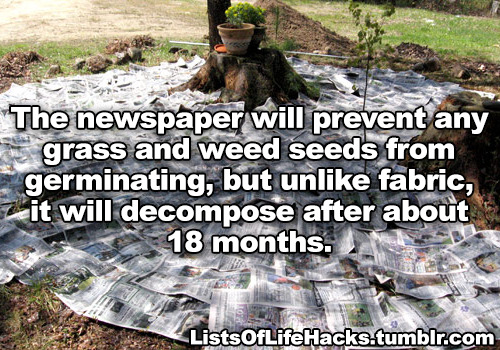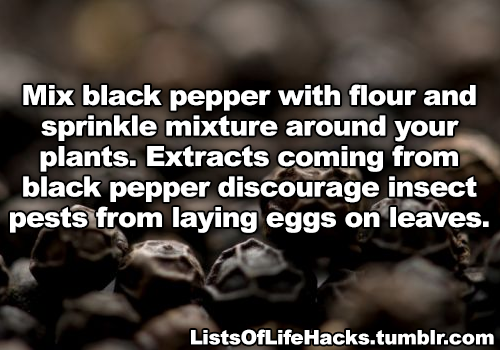Your gateway to endless inspiration
Solarpunk - Blog Posts


I’ve been thinking about places to live, in the desert and in generally hotter climate, and the idea of underground houses seemed like a good one. For now, here is a stairwell leading down to such a house, complete with tiny greenhouse. It has translucent solar panels as glass, which still let the red light through that plants need most.
I honestly think that we would eliminate one of the major causes of ableism if we stopped basing people’s worth off how much revenue they generate.


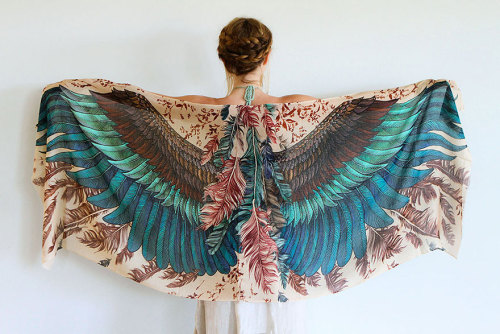
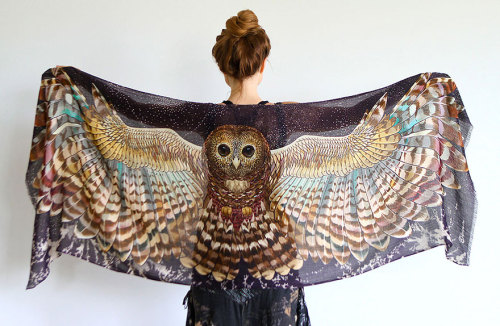
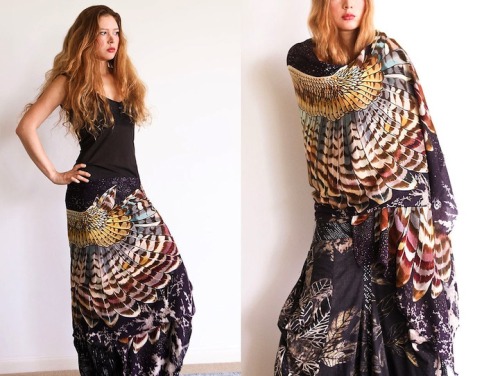
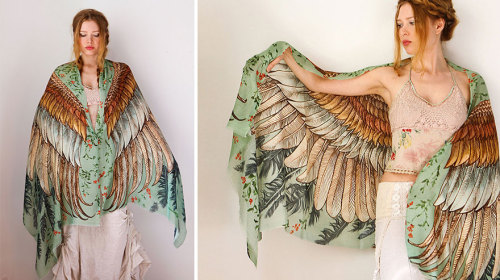

Stunning Conceptual Scarves Mimic the Wings of Birds
Melbourne-based fashion designer Roza Khamitova continuously creates a collection of conceptual scarves, which are inspired by the anatomy of the bird. When each piece is worn as a shawl, it creates the illusion of having enormous beautiful feathers and bird wings.
The stunning illustrations on Khamitova’s pieces are hand-painted and digitally printed on non-toxic and a primarily cotton recyclable material, which is itch-free. You can find more designs and colors of her creations at her Etsy shop called Shovava.
Actually you know what. Just don’t mow. Get rid of your lawnmower. Turn your whole yard into a wildflower field or an edible garden. Lawns are the invention of the upper class to show wealth through wasted plots of grass that is meticulously tended for no reason other than to be grass. It’s literally an empty plot of land they kept because they had so much money they didn’t need it to grow food. Not using a yard as just a yard is an act of rebellion.
One of the main industries still supporting lawns is chemical pest control companies, and they’re also responsible for the insecticides that crashed the bird populations in the 40s and 50s as well as a lot of what’s killing bees and butterflies now. The herbicides they produce specifically targets “bad” plants like dandelions, buttercups, and clovers, which are plants bees rely on for early spring feeding. Grass is just grass; it would be great for feeding small mammals if people would let it grow more than three inches, but they won’t.
So, yeah. Kill lawnmower culture. Plant some native flowers. Grow some vegetables and fruit trees. Put out bird feeders and bee sugar spots and homes for both. Be kind to bugs and birds and rabbits and opossums and whoever else might wander by. Make your neighborhood a lot more beautiful.
Hey, listen: We’re not gonna get anywhere with this “socialism” stuff unless we can establish solidarity networks that provide real, tangible aid. And I do mean “tangible” in the sense of “you can fill up a box with it.”
Back in the old-timey days, when we didn’t have things like a minimum wage or government assistance, folks didn’t think twice about paying union dues every month out of their meager paychecks. And in those days, when it was a regular, everyday occurrence for union people to get beat up or outright murdered for their union-ing, the unions still managed to win a lot of their fights. Reason for all that? The bigger part of them union dues I mentioned *went into a strike fund*.
Time on a picket line means time off the clock. And as for me, in this economy, if I go a week without a check, my family don’t eat. I go two weeks without a check, and we’re homeless. And them’s the brakes.
Hey solarpunk community! In light of several posts that have been going around, I was thinking it would be worthwhile to talk about the real, physical things we can do to make this world a more solarpunk place. Because speculation and aesthetics and thinkpieces are awesome, but a movement isn’t a movement without real action behind it. So what are things we can all do to make the present closer to our solarpunk future?

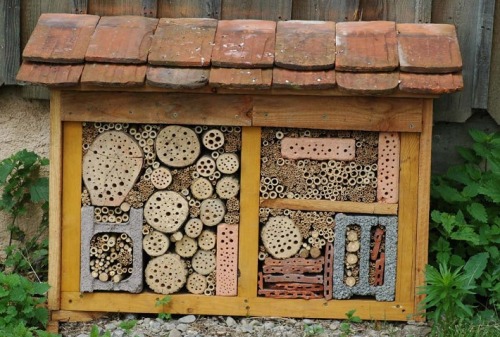
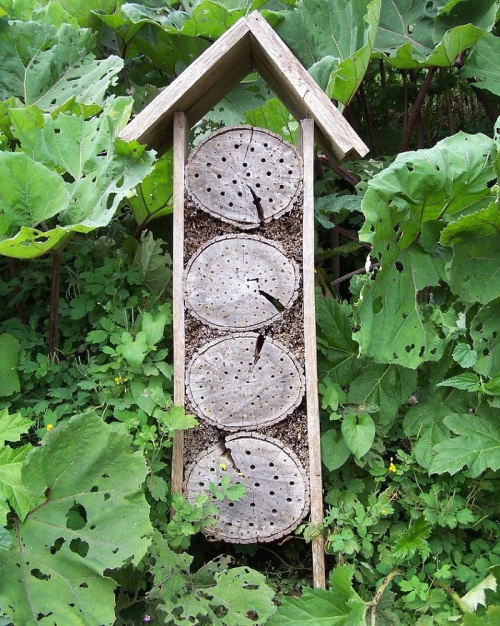

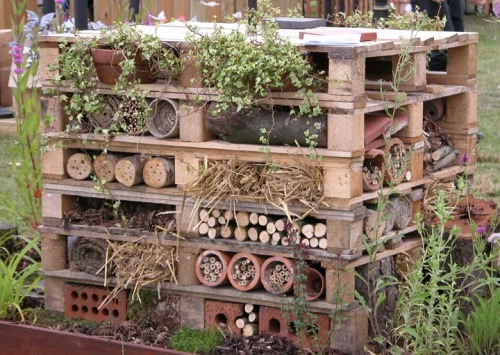

Insect Hotels
Over 30% of solitary bee species are wood nesters, some spending up to nine months of their lives as larvae incubating in forest deadfall. Ladybugs hibernate over winter in stacks of twigs, and other beneficial creatures – like wasps, lizards, moths, hedgehogs, beetles, and dragonflies – love to find little nooks and crannies to hide from predators and the elements, at any time of year.
An insect hotel is ideally placed in a sheltered location, but still in the sunlight. Ants sometimes eat bee larvae, so a solitary bee hotel is best placed off of the ground. Often, a wire mesh is placed on the outside to prevent bird predation. Ideally, the surrounding area should host flowering and insectary plants, to provide food for the guests!
These natural habitats are often missing from a domestic or overly-landscaped garden, and are absolutely vital to the health of your plants, local life web, and for the pollination of your garden. Designing for your native wildlife is crucial for a long-term healthy, productive, and sustainable space. Good, ecologically-minded design also minimises the amount of work you have to do: for example, I find that when I practice companion planting with insectary Apiaceae-family plants, I never have an aphid problem, because predatory beetles abound, and they eat problematic insects before they get established. Creating balanced ecosystems is a form of biological pest control.
An insect hotel is easily made from twigs, wood, tiles, pinecones, bricks, bark, grass, and other natural or salvaged materials. The form can differ, depending on what sort of creatures you would like to attract, and your aesthetics, but it should basically be designed from a “bug’s eye” view of the world: research what your local species are and what they require in terms of a habitat, and then create it for them in a manner that appeals to your eye.
These are also excellent projects for kids: they are fun and easy to make, interesting to observe, and help foster an early understanding of biology and ecology.
#DIY #bees #insects #entomology #biomimicry #permaculture #kids #art
Pre-made insect hotels: North America / Europe
Images:
B. Alter - Royal Bank of Canada New Wild Garden at the Chelsea Flower Show
sav-überlingen.de
Sissi de Kroon, flickr.com
Insect hotel in Hoofddorf, Holland. Bob Daamen, flickr.com
Cheshire Wildlife Trust, cheshirewildlifetrust.org.uk
Kevin Smith and Lisa Lee Benjamin. floragrubb.com
Inspiration Green Article on Insect Hotels


